Rising Healthcare Expenditure
Japan's increasing healthcare expenditure is a significant driver for the sacroiliitis treatment market. The government has been investing heavily in healthcare infrastructure and services, with total healthcare spending expected to reach ¥50 trillion by 2025. This investment facilitates access to advanced treatment options and encourages the development of new therapies for conditions like sacroiliitis. Moreover, the Japanese healthcare system's emphasis on providing comprehensive care for chronic conditions supports the growth of the sacroiliitis treatment market. As more funds are allocated to research and development, innovative treatment solutions are likely to emerge, further enhancing the market landscape. The combination of rising healthcare expenditure and a focus on improving patient care is expected to create a favorable environment for the sacroiliitis treatment market.
Advancements in Treatment Modalities
Innovations in treatment modalities are significantly influencing the sacroiliitis treatment market. The introduction of novel biologic therapies and targeted medications has transformed the management of sacroiliitis, offering patients more effective options. For instance, the approval of new TNF inhibitors and IL-17 inhibitors has provided alternative treatment pathways for patients who do not respond to traditional therapies. In Japan, the market for biologics is projected to grow at a CAGR of 8% through 2027, reflecting the increasing adoption of these advanced therapies. Additionally, the development of personalized medicine approaches, which tailor treatments based on individual patient profiles, is likely to enhance treatment efficacy. As healthcare providers increasingly adopt these advancements, the sacroiliitis treatment market is poised for substantial growth, driven by improved patient outcomes and satisfaction.
Increasing Prevalence of Sacroiliitis
The rising incidence of sacroiliitis in Japan is a crucial driver for the sacroiliitis treatment market. Recent studies indicate that approximately 1.5 million individuals in Japan suffer from various forms of inflammatory arthritis, with sacroiliitis being a significant contributor. This growing patient population necessitates the development and availability of effective treatment options. As awareness of the condition increases, healthcare providers are more likely to diagnose and treat sacroiliitis, thereby expanding the market. Furthermore, the aging population in Japan, which is projected to reach 36% by 2040, is likely to exacerbate the prevalence of sacroiliitis, as age is a known risk factor. Consequently, the demand for innovative therapies and management strategies in the sacroiliitis treatment market is expected to rise, driving market growth in the coming years.
Growing Awareness and Education Initiatives
The increasing awareness and education initiatives surrounding sacroiliitis are pivotal for the growth of the sacroiliitis treatment market. Various organizations and healthcare providers in Japan are actively promoting awareness campaigns to educate both patients and healthcare professionals about the symptoms and treatment options for sacroiliitis. These initiatives aim to reduce the time to diagnosis and improve treatment outcomes. As awareness grows, more patients are likely to seek medical attention, leading to higher demand for effective treatments. Furthermore, educational programs targeting healthcare professionals are essential for ensuring accurate diagnosis and appropriate management of sacroiliitis. This heightened awareness and education are expected to drive the sacroiliitis treatment market, as more individuals receive timely and effective care.
Integration of Telemedicine in Treatment Plans
The integration of telemedicine into treatment plans is emerging as a significant driver for the sacroiliitis treatment market. In Japan, the adoption of telehealth services has accelerated, particularly in the management of chronic conditions like sacroiliitis. Telemedicine offers patients convenient access to healthcare providers, enabling timely consultations and follow-ups without the need for in-person visits. This is particularly beneficial for patients living in remote areas or those with mobility challenges. As telemedicine becomes more widely accepted, it is likely to enhance patient engagement and adherence to treatment plans. Additionally, healthcare providers can leverage telemedicine to monitor patient progress and adjust treatment strategies accordingly. The growing acceptance of telemedicine is expected to positively impact the sacroiliitis treatment market, as it facilitates better management of the condition.


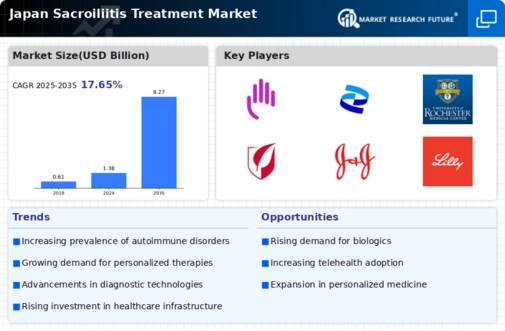
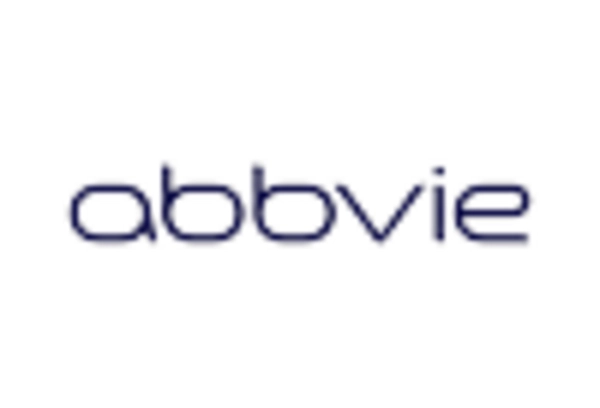
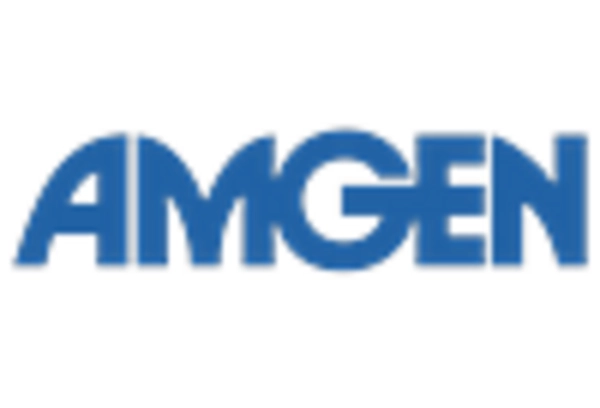
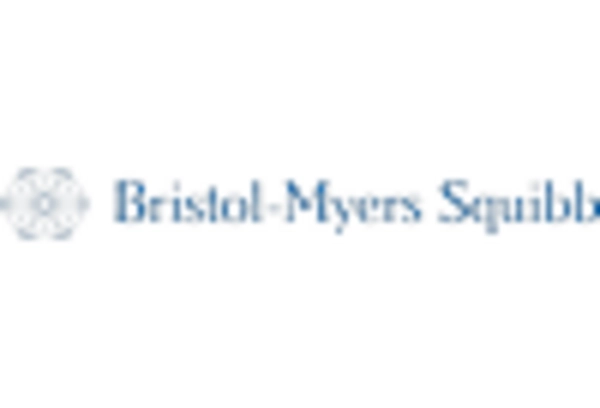
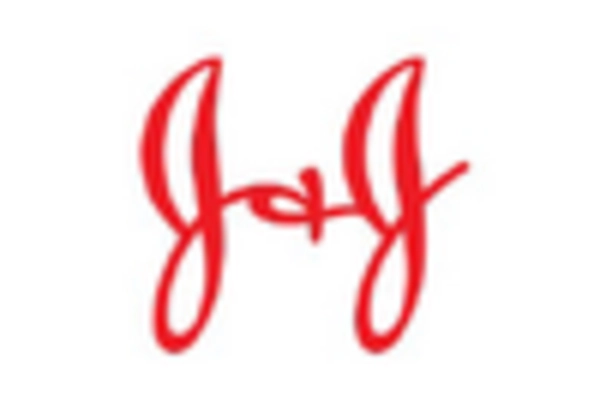
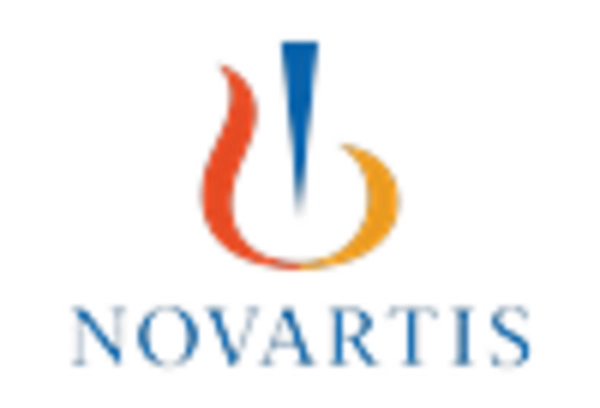
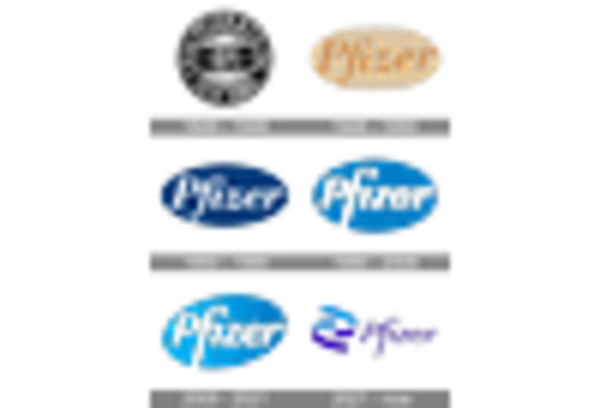








Leave a Comment